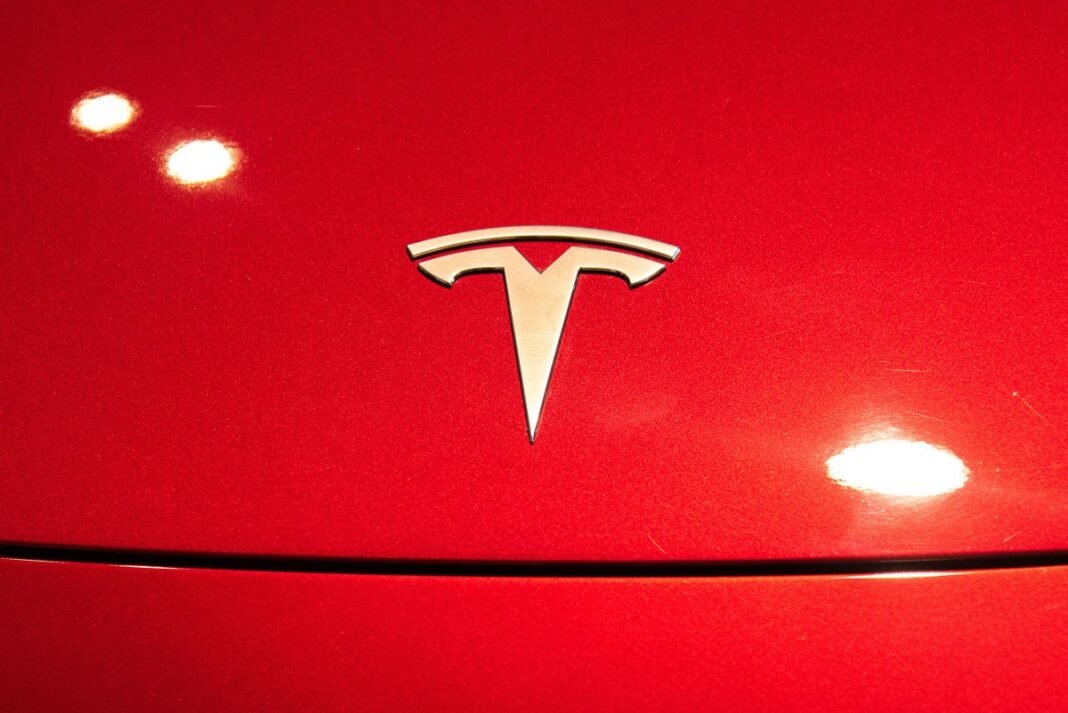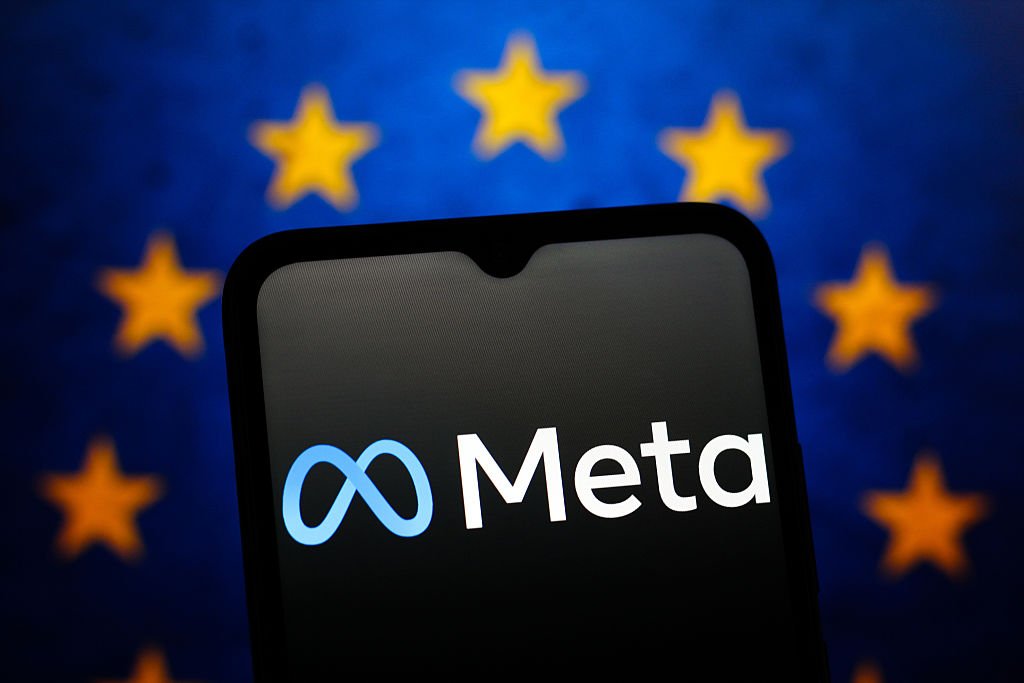regulatory Obstacles Challenge Tesla’s Robotaxi Rollout in California
San Francisco Sees a Controlled Introduction of Tesla’s Autonomous ride Service
This weekend marks the beginning of a highly selective launch of Tesla’s robotaxi service in San Francisco, following an initial pilot program that started last month in Austin, Texas. The company is inviting a limited group of Tesla owners to test its autonomous ride-hailing experience under controlled conditions.
Legal and Regulatory Barriers to Autonomous Vehicle Deployment
Tesla’s expansion into California brings complex regulatory issues to the forefront. Despite having human safety drivers present during autonomous operations, the deployment may still conflict with stringent state laws governing self-driving vehicles.
California DMV’s Tiered Permit System for AV Testing
The California Department of Motor Vehicles (DMV) manages autonomous vehicle testing thru a multi-level permit framework: supervised testing with a human driver, unsupervised testing without one, and full commercial driverless operation. At present, Tesla only holds permits allowing tests that require a human safety operator behind the wheel. It has neither applied for nor been granted permissions for fully driverless trials or commercial use.
By contrast, companies such as Waymo, Mercedes-Benz, and Nuro have successfully obtained permits enabling them to operate fully driverless services within California.
pending Commercial Authorization from CPUC
The California Public Utilities Commission (CPUC) regulates passenger transportation services commercially operating within the state-including those utilizing autonomous technology. While Tesla possesses a Transportation Charter party permit authorizing traditional rides driven by humans, it lacks any specific AV authorization necessary for offering passenger transport via self-driving cars.
This absence means that under current CPUC regulations, Tesla cannot legally provide paid or unpaid robotaxi rides-even if an operator is inside ready to intervene-as it does not hold either an “AV authorization” or “Drivered Pilot AV permit.” Operating such services without these approvals would violate fare collection rules and safety oversight requirements.
Status Update on Tesla’s Robotaxi Program and Its Constraints
The pilot program launched on June 22 operates primarily around downtown Austin using approximately ten Model Y SUVs equipped with Full Self-Driving software. Each vehicle includes a front-seat safety operator capable of taking control when necessary; though detailed statistics regarding intervention frequency remain undisclosed by the company.
This cautious approach contrasts sharply with Elon Musk’s earlier enterprising claims about achieving widespread autonomy capable of coast-to-coast travel-from Los Angeles to New york-a milestone yet unrealized despite years invested in progress efforts.
Tesla Plans Expansion Beyond Texas
Tesla has announced intentions to extend its robotaxi service into Florida and Arizona as well.Certification processes required by Arizona regulators are reportedly underway for both supervised and unsupervised autonomous operations within that state-signaling gradual geographic growth despite regulatory complexities.
Increasing Legal Scrutiny amid Safety Concerns Surrounding Autonomy Claims
The timing coincides with intensified examination from Californian authorities over Tesla’s marketing statements related to its Autopilot system capabilities. The DMV is actively pursuing measures aimed at suspending sales due to allegations that data about self-driving features have been misleading while unresolved lawsuits concerning fatal crashes involving Autopilot continue nationwide.
Lack of Demonstrated Readiness for large-Scale Full Self-Driving Networks
Tesla has yet to provide conclusive evidence proving its Full Self-Driving software can reliably support extensive robotaxi networks without continuous human supervision-an essential prerequisite before regulators grant approval for broader deployments across multiple states including California.
Navigating Future Challenges: Balancing Innovation With Compliance
- Obtaining Regulatory approvals: Securing appropriate DMV permits alongside CPUC authorizations will be vital before expanding beyond limited test zones or invite-only programs;
- Building Rider Confidence: Transparent reporting on intervention rates during trials could foster trust among potential users concerned about early-stage autonomy;
- Pursuing Technological Advancements: Ongoing improvements in AI driving systems remain crucial before fulfilling promises related to fully automated urban mobility solutions;
- Cautious Market Entry: Expanding into new regions like Arizona requires navigating diverse local regulations while demonstrating safe operational standards at scale;
“The success trajectory of robotaxis depends not only on technological innovation but also on adhering strictly to regulatory frameworks designed around public safety.”






